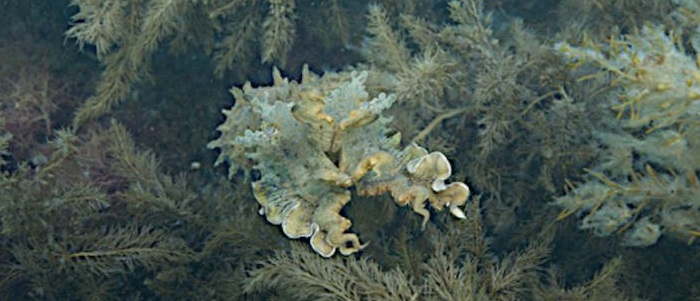Podcast: Play in new window

BOB HIRSHON (host):
Octopus engineering. I’m Bob Hirshon and this is Science Update.
The octopus is a master of disguise, altering not only its coloration and patterning, but also its surface texture to be smooth like sand or bumpy like gravel. Cornell University mechanical engineer James Pikul says the animals use muscles to tighten and loosen areas of skin to make them bulge or dip. In the journal Science, he and his colleagues report using inflatable sheets of rubber to model the octopus skin.
JAMES PIKUL (Cornell University):
But to prevent the rubber from becoming just a sphere, which as you know happens to regular balloons, we pattern inextensible material onto it. And when we inflated that balloon, we could control which parts protruded and which parts didn’t.
HIRSHON:
That material is a programmable mesh, that can tense or relax like a muscle. The goal is products that could change their surface properties, like wind drag or light reflectance. I’m Bob Hirshon, for AAAS, the science society.
Story by Bob Hirshon
